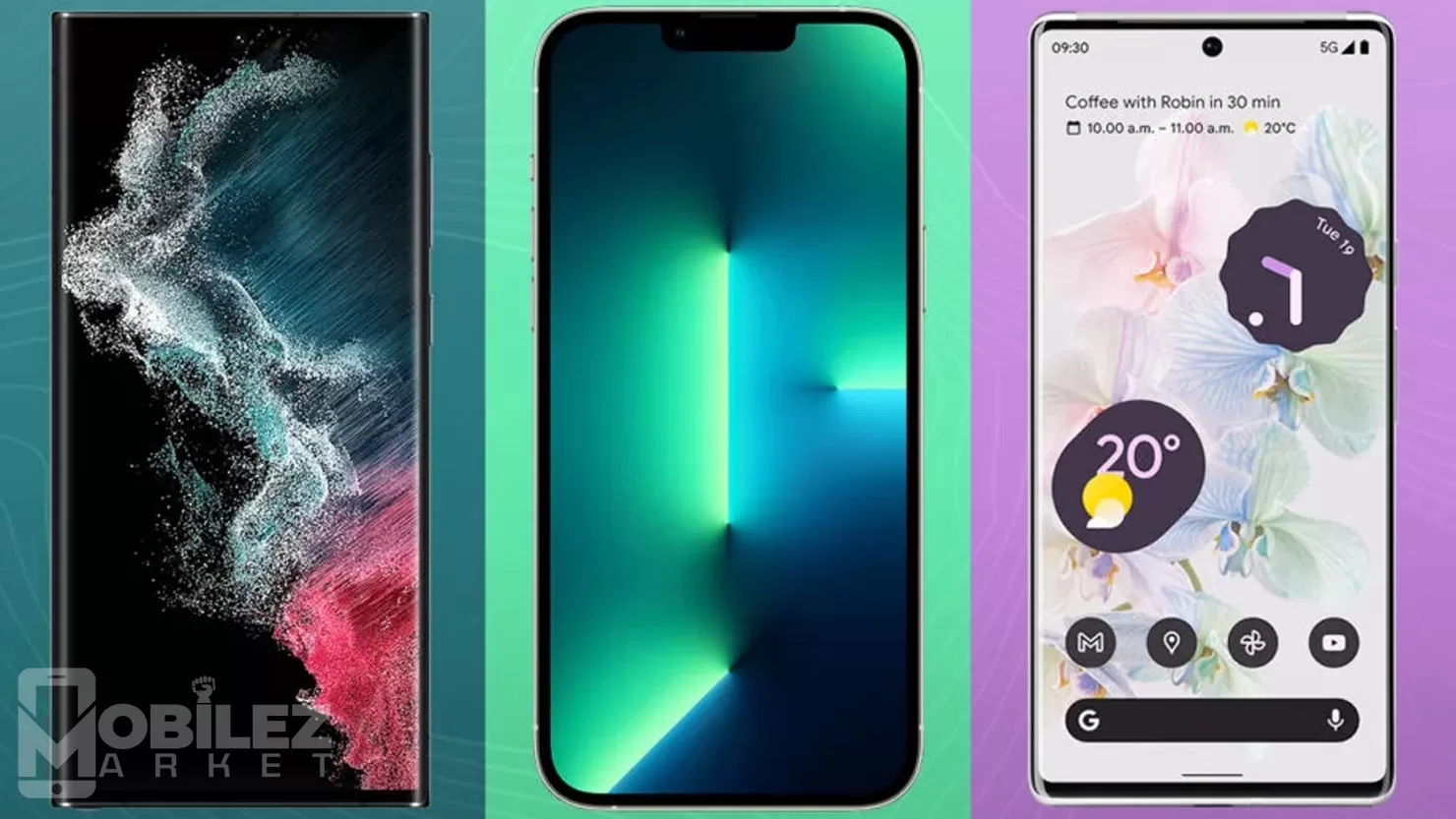Mobile Innovation | What's Next in Smartphone Technology?
Introduction:
Smartphone technology has evolved rapidly over the past few decades, transforming the way we communicate, work, and live. From basic cell phones to powerful handheld computers, smartphones have become indispensable tools in our daily lives. As technology continues to advance, the future of smartphone innovation holds promise for even more groundbreaking developments. In this blog post, we'll explore the latest trends and advancements in smartphone technology and speculate on what the future holds for mobile innovation.
The Evolution of Smartphone Technology:
- From Voice Calls to Multimedia Devices: Smartphones have evolved from simple devices used primarily for voice calls and text messages to multifunctional gadgets capable of browsing the internet, capturing high-resolution photos and videos, running sophisticated apps, and more.
- Integration of Advanced Features: Modern smartphones incorporate a wide range of advanced features, including high-definition displays, powerful processors, multiple cameras, biometric authentication, augmented reality (AR), virtual assistants, and 5G connectivity, enhancing user experiences and productivity.
Current Trends in Smartphone Innovation:
- 5G Connectivity: The rollout of 5G networks promises faster internet speeds, lower latency, and greater network capacity, enabling seamless streaming, real-time gaming, and immersive AR/VR experiences on smartphones.
- Foldable Displays: Foldable smartphones with flexible displays offer users the flexibility to switch between compact form factors for portability and larger screens for productivity and multimedia consumption, blurring the lines between smartphones and tablets.
- Camera Innovations: Smartphone cameras continue to push the boundaries of imaging technology, with advancements in sensor technology, computational photography, optical zoom, night mode, and AI-powered features enhancing photo and video quality.
- AI and Machine Learning: Artificial intelligence (AI) and machine learning algorithms are being integrated into smartphones to enhance user experiences, optimize performance, and enable intelligent features such as predictive text input, voice recognition, and scene recognition in photography.
Emerging Technologies in Smartphone Innovation:
- Augmented Reality (AR): AR technology is poised to revolutionize smartphone experiences by overlaying digital information and virtual objects onto the real world, opening up new possibilities for gaming, navigation, shopping, education, and more.
- Biometric Authentication: Biometric authentication methods such as facial recognition, fingerprint scanning, and iris scanning are becoming more prevalent in smartphones, offering convenient and secure ways to unlock devices and authenticate users.
- Wearable Integration: Smartphones are increasingly being integrated with wearable devices such as smartwatches, fitness trackers, and augmented reality glasses, enabling seamless connectivity and interaction between devices for health monitoring, notifications, and productivity.
- Quantum Computing: Although still in its early stages, quantum computing holds the potential to revolutionize smartphone technology by enabling faster data processing, advanced encryption, and new applications in areas such as artificial intelligence, cryptography, and materials science.
Challenges and Considerations in Smartphone Innovation:
- Battery Life and Power Efficiency: Despite advancements in battery technology, battery life remains a significant challenge for smartphones, especially with the increasing demand for power-hungry features and 5G connectivity, requiring innovations in power efficiency and energy management.
- Privacy and Security: As smartphones become more integrated into our lives, concerns about privacy, data security, and surveillance arise, necessitating robust encryption, secure authentication mechanisms, and transparent privacy policies to protect user data and privacy rights.
- Environmental Sustainability: The production, use, and disposal of smartphones contribute to environmental impact through resource extraction, energy consumption, electronic waste, and carbon emissions, highlighting the need for sustainable design practices, recycling initiatives, and eco-friendly materials in smartphone manufacturing.
The Future of Smartphone Innovation:
- Seamless Connectivity: Future smartphones are expected to offer seamless connectivity and interoperability across devices, networks, and ecosystems, enabling users to seamlessly transition between devices and access content from anywhere.
- Personalized Experiences: AI-driven personalization algorithms will tailor smartphone experiences to individual preferences, habits, and contexts, delivering personalized recommendations, suggestions, and notifications tailored to users' needs and interests.
- Health and Wellness Features: Smartphones will incorporate more health and wellness features, such as fitness tracking, sleep monitoring, stress detection, and mental health support, empowering users to take control of their well-being and lifestyle habits.
Conclusion:
The future of smartphone innovation holds immense potential to transform our lives in profound ways, from enhancing communication and productivity to revolutionizing entertainment and healthcare. By embracing emerging technologies, addressing challenges, and prioritizing user-centric design, smartphone manufacturers can continue to push the boundaries of innovation and deliver transformative experiences that enrich and empower users in the digital age.


